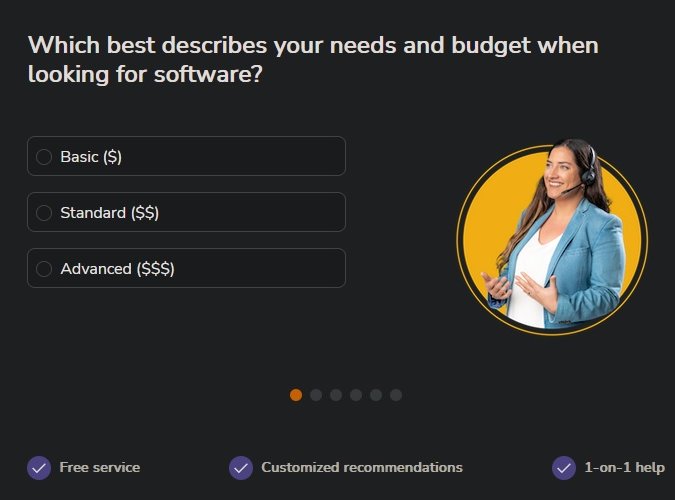Supply Chain Management (SCM) software is essential for orchestrating the flow of materials, components, and products across the EV and clean energy ecosystem. From critical minerals and battery materials to semiconductors, drivetrains, and EVSE hardware, SCM platforms provide visibility, traceability, and control across complex global networks. For electrification, SCM software is especially important in ensuring compliance with domestic content rules (IRA, EU Battery Regulation), minimizing disruptions, and improving sustainability reporting.
Key Functions of SCM Software
| Function / Feature | Description | EV-Specific Examples |
| Function / Feature |
Description |
EV-Specific Examples |
| Procurement & Supplier Management |
Managing sourcing, supplier qualification, and contract compliance |
Battery mineral sourcing with ESG traceability, USMCA/IRA compliance |
| Inventory & Logistics Management |
Tracking stock, warehousing, and transportation of parts and products |
EVSE equipment logistics, shipping lithium-ion cells under hazmat rules |
| Demand Planning & Forecasting |
Predicting customer demand and aligning supply accordingly |
EV sales ramp projections linked to battery production capacity |
| Production Planning |
Aligning supply, manufacturing schedules, and capacity planning |
Coordinating gigafactory output with EV assembly schedules |
| Quality Control |
Monitoring supplier and production quality, ensuring compliance with standards |
Battery cell defect tracking, EVSE hardware certification, ISO/TS 16949 |
| Supply Chain Traceability |
Providing transparency across suppliers and material flows |
Battery passport data, cobalt traceability, ESG compliance reporting |
| Risk Management & Resilience |
Identifying vulnerabilities and planning for disruptions |
Chip shortages, lithium price swings, geopolitical bottlenecks |
| Sustainability & Compliance |
Tracking emissions, ESG, and circular economy requirements |
EU Battery Regulation, SEC climate disclosure, recycling mandates |
| Collaboration & Integration |
Connecting suppliers, OEMs, and enterprise systems in real time |
Digital supply networks for gigafactories, integration with ERP/PLM |
Role in Electrification
SCM software ensures that the right materials and components reach the right place at the right time while maintaining compliance and sustainability standards. It is central to scaling EV and battery production, ensuring resilience against geopolitical shocks, and enabling transparency for investors and regulators.
Market Outlook & Adoption
| Rank | Adoption Segment | Drivers | Constraints |
| 1 |
Battery Manufacturers & Gigafactories |
Critical minerals traceability, IRA compliance, ESG pressure |
Opaque upstream mining/refining, limited recycling scale |
| 2 |
Automakers & Tier-1 Suppliers |
Global parts logistics, just-in-time production, EV sales ramp |
Geopolitical disruptions, semiconductor shortages |
| 3 |
EVSE & Charging Infrastructure Vendors |
Coordinated deployment, uptime requirements, grid interconnects |
Delays in permitting, multi-vendor interoperability challenges |
| 4 |
Utilities & Grid Operators |
Coordinating DER components, grid reliability, supply forecasting |
Slow procurement cycles, fragmented regulation |
